Not "covering" the gap between contract vehicles, risks breaking the fixed route
Dr. Dinh Quang Toan, University of Transport Technology, emphasized that the current contract vehicle business model is playing a dominant role, accounting for up to 70%.
Of note is the situation of contract vehicles disguised as fixed routes and running as fixed routes. This is considered a big loophole that needs to be fixed. Otherwise, the situation of route disruption, fixed route vehicles skipping stations, etc. will increase.
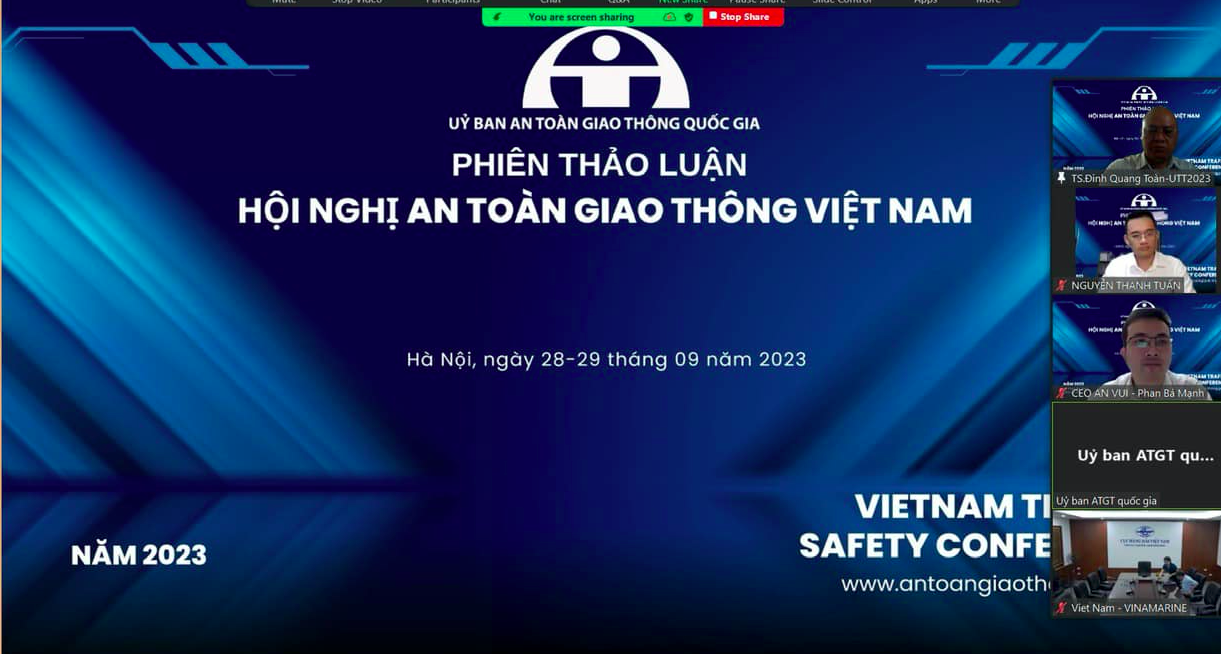
He believes that the current legal corridor for contract vehicles is more open than other models: Contract vehicle transport units can proactively decide on transportation fares; proactively plan transportation routes according to customer requirements;... While fixed routes, procedures when changing prices are complicated...
In addition, the legal advantages of contract vehicles are promoting the type of private vehicles that are not allowed to operate in the transport business, such as carpooling and shuttle vehicles, etc., causing traffic insecurity and large tax losses for the state.
“The business of transporting passengers and goods by road still has many potential risks of unfair competition as well as traffic safety, which need to be thoroughly handled by state management agencies through digital technology application solutions,” Mr. Toan affirmed.
How to solve?
Mr. Phan Ba Manh, Director of An Vui Technology Joint Stock Company, frankly pointed out two risks when contract vehicles develop without control.
“Data shows that the contract vehicle business model is currently playing a dominant role (accounting for up to 70%). Meanwhile, fixed routes are the transport sector that our country has spent a lot of time building, and now only account for 6% of the market share,” Mr. Manh cited.
CEO An Vui also emphasized that this competition will continue if, from a legal perspective, a solution cannot be found for businesses to compete fairly and harmoniously.
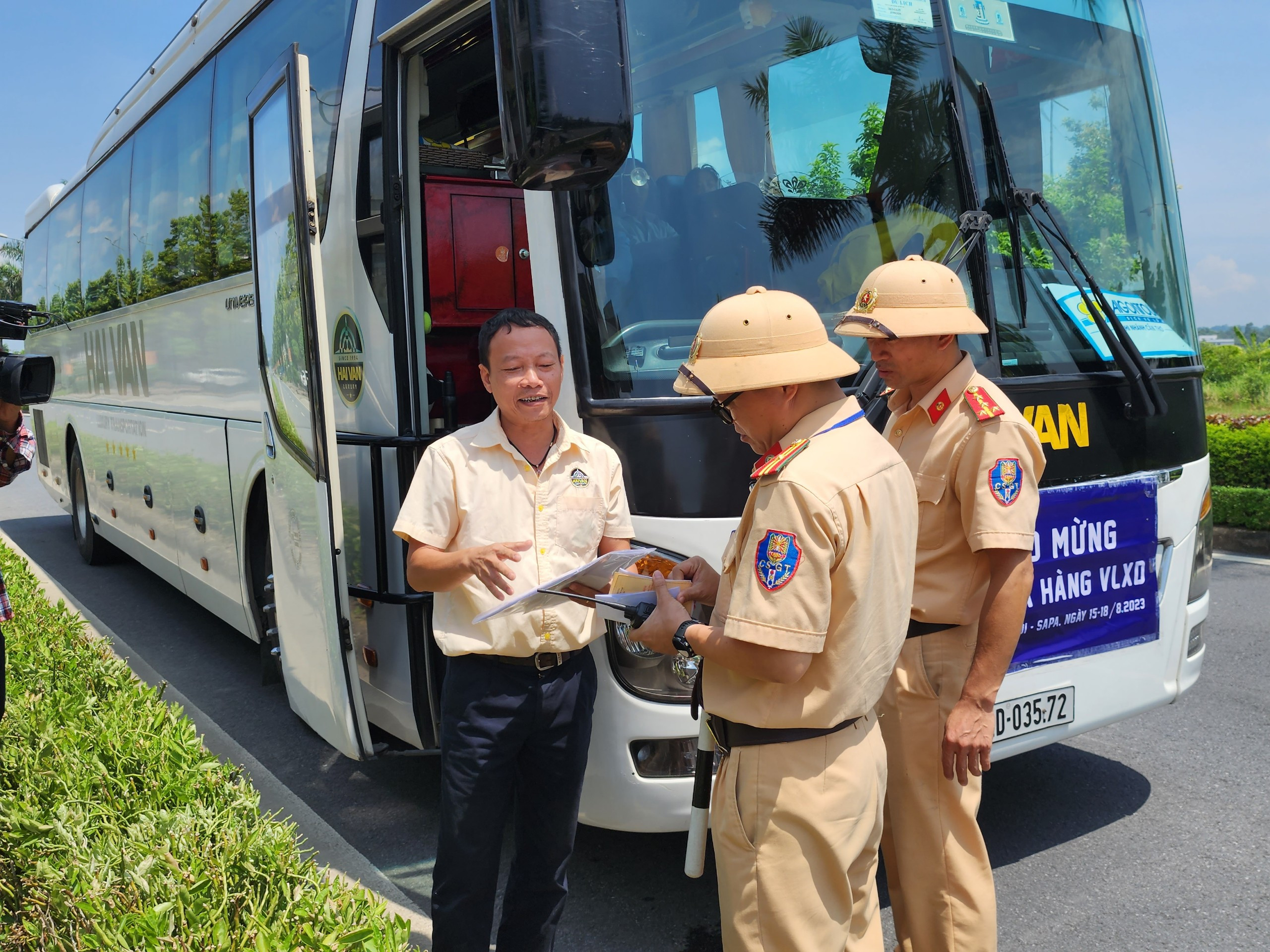
Mr. Manh also worries that “if we are not careful, we will fall into a situation where we cannot manage and ban the contract vehicle model.” Therefore, he proposed the “electronic transport order” solution.
“Accordingly, vehicles and transport units running on fixed routes will have to resend electronic transport orders to the central data before rolling. The Ministry of Transport or the Vietnam Road Administration may be the unit to process this central data.
From there, the bus stations will use that central data to sign and confirm orders. This helps limit illegal vehicles. For example, a vehicle in province A is a fixed route vehicle, but in province B it is an illegal vehicle, not entering the station but looking for a parking space outside the area.
This solution will help the management agency know when the vehicle is registered to leave the station, when it is registered to depart, and when it is registered to arrive to ensure that the vehicle runs on a fixed route and does not miss a station," Mr. Manh informed.
Similarly, the same must be done with contract vehicles. From there, authorities such as bus stations, traffic police, specialized traffic inspectors, the General Department of Taxation, and insurance will coordinate to retrieve data from a common data source to be able to check and monitor activities.
Besides, ensure connection and data sharing to optimize road transport management with relevant authorities.
“This will be a huge figure, helping to make the picture of the transport industry, especially passenger transport, very transparent. Businesses will not have the opportunity to evade taxes or do business opportunistically,” Mr. Manh informed.
Source


![[Photo] Keep your warehouse safe in all situations](https://vphoto.vietnam.vn/thumb/1200x675/vietnam/resource/IMAGE/2025/10/1/3eb4eceafe68497989865e7faa4e4d0e)



![[Photo] President of the Cuban National Assembly visits President Ho Chi Minh's Mausoleum](https://vphoto.vietnam.vn/thumb/1200x675/vietnam/resource/IMAGE/2025/10/1/39f1142310fc4dae9e3de4fcc9ac2ed0)
![[Photo] Hanoi morning of October 1: Prolonged flooding, people wade to work](https://vphoto.vietnam.vn/thumb/1200x675/vietnam/resource/IMAGE/2025/10/1/189be28938e3493fa26b2938efa2059e)


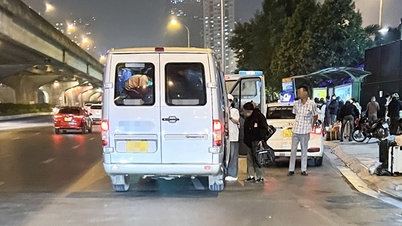



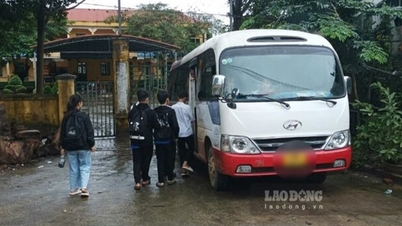


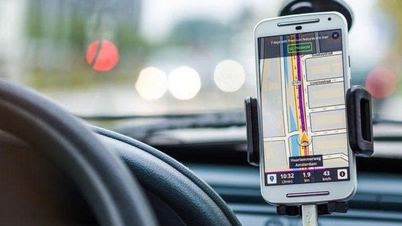

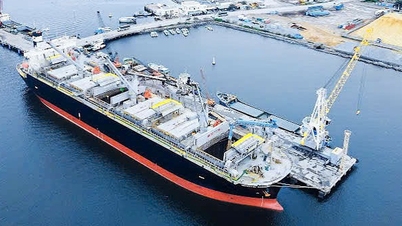
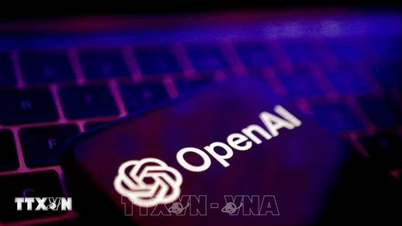





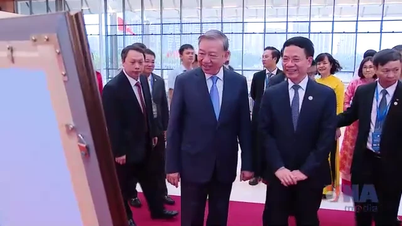







































































Comment (0)